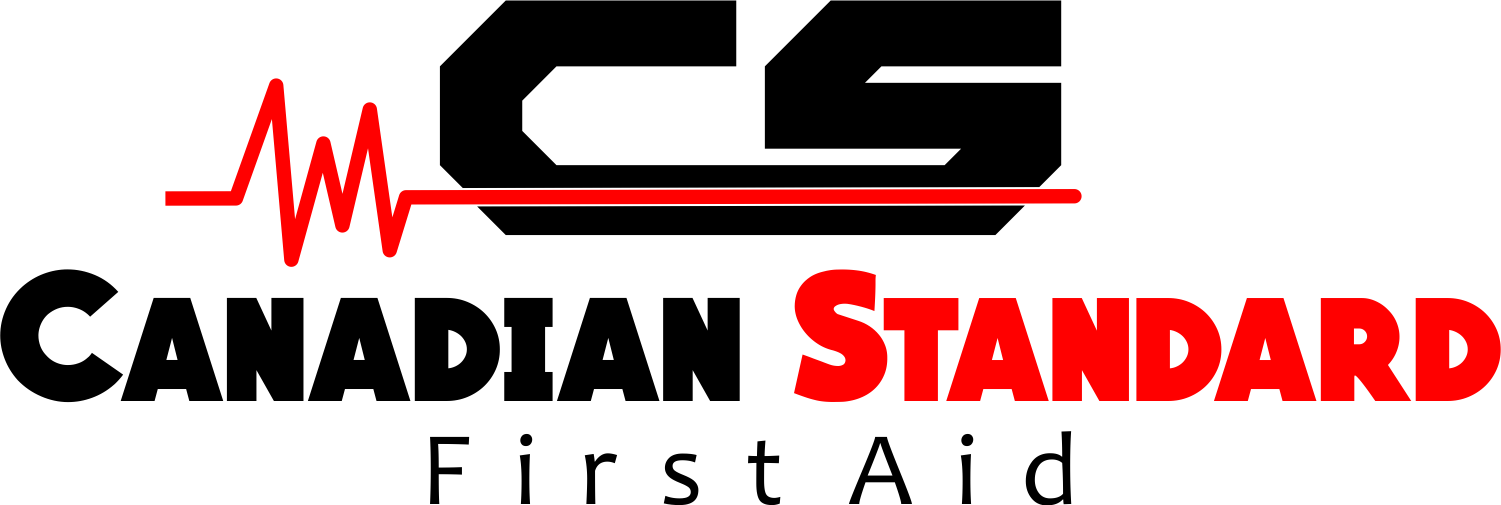
Certification
Emergency First Aid

Emergency First Aid (EFA) is for people to gain a general knowledge of first aid principles and the emergency treatment of injuries. Skills include: casualty assessment, CPR, AED, choking, external bleeding, heart attack, and stroke. Includes CPR-C and AED certification.
Ideal Candidate(s): Anyone
Prerequisite(s): None
Certification Currency: 3 years from the date of certification
Recertification: None. Must attend an original course
Skills and Knowledge 
-
- Through practical activities wherever possible, demonstrate an understanding of the goals of first aid.
- Through practical activities wherever possible, demonstrate an understanding of the legal implications of providing first aid treatment.
- Through practical activities wherever possible, demonstrate an understanding of the principles of universal precautions, including barrier devices, hand washing, and use of gloves.
- Through practical activities wherever possible, demonstrate an understanding of the anatomy and physiology of the ABC priorities.
- Demonstrate primary assessment of a victim including:
- scene survey
- level of consciousness
- airway, breathing, circulation
- major bleeding
- mechanism of injury
Demonstrate secondary assessment of a victim including:
- vital signs
- head-to-toe examination
- history
- Demonstrate one-rescuer adult, child and infant cardiopulmonary resuscitation on a manikin and how to use an AED.
- Simulate the treatment of:
- conscious adult, child or infant with an obstructed airway
- complications: a pregnant woman and person who is obese
- Simulate the treatment of an unconscious adult, child or infant with an obstructed airway.
- Demonstrate the effective direction of bystanders to activate EMS.
- Demonstrate the recognition and care of a victim suffering from the following respiratory emergencies:
- hyperventilation
- asthma
- Demonstrate the recognition and care of a victim suffering from:
- shock
- heart attack or angina
- external bleeding
- stroke / transient ischemic attack
- Demonstrate the recognition and care of a victim suffering from:
- abdominal injury
- burn injury
- facial injury
- Demonstrate the recognition and care of an unconscious victim.






